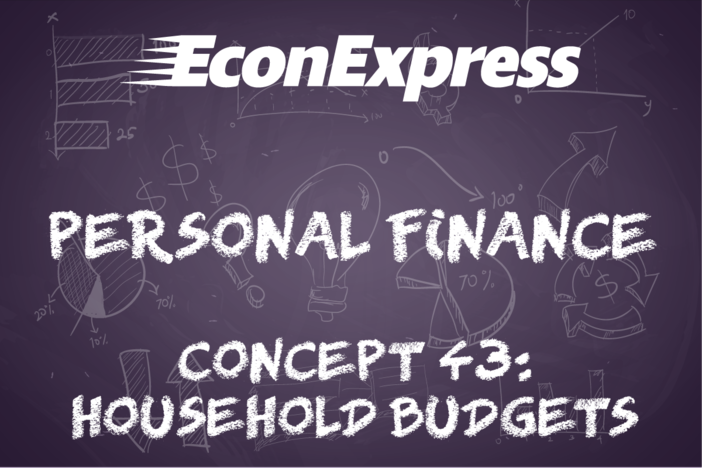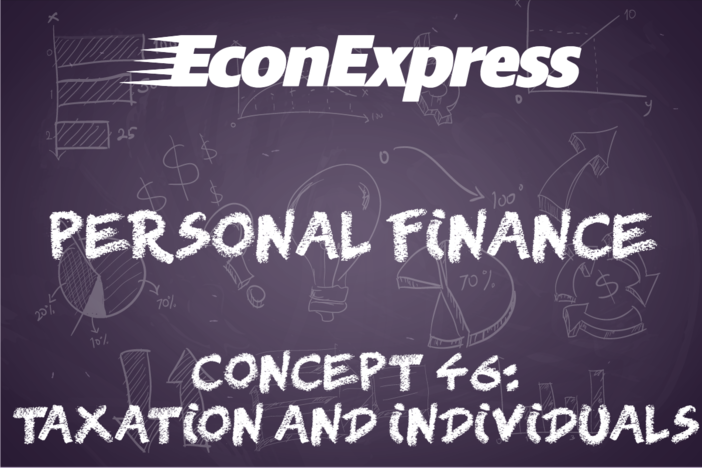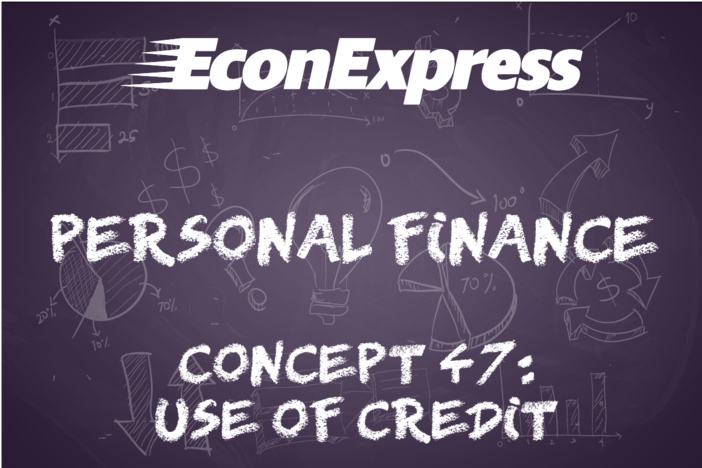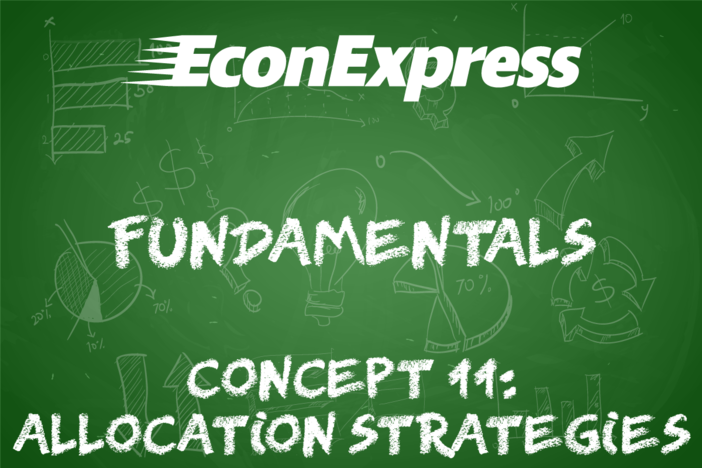Concept 42: Rational Decision Making
Overview: Which college should you attend? Should you even attend college? Should you get a new car? Should you get married? A rational decision-making model can help answer questions like this and millions more.
Learn
Beginner

Decision-making is at the core of economics and is a recurring theme in many of the concepts found on this site. While some decisions are strictly monetary and can be worked out mathematically (whether a firm should produce one more unit of a product, for example), most decisions – especially for the average person – are abstract, complicated and involve multiple changing variables. There is a process, however, that can be applied to many decisions (especially big ones) to help individuals make them more thoughtfully and rationally.
The P.A.C.E.D. decision-making model is designed to help people view their decision or problem in a way that clarifies the best decision. The components of the P.A.C.E.D. model are:
- Problem – a question or a clear statement of the decision to be made
- Alternatives – the available options that could solve the problem
- Criteria – the measures by which the alternatives will be judged
- Evaluation – the ranking/sorting of the criteria applied to each alternative
- Decision – the final tally/action taken based on the model
Intermediate

By using thoughtful criteria, alternatives can be effectively evaluated to find the best solution to a problem. Each of the five steps are detailed below along with a specific example from the online game Lights, Camera, Budget.
- Problem: The problem refers to whatever it is that needs to be decided. In the real world, problems can be as simple as what to eat for dinner or as complex as whether or not a couple should try to have children. The problem usually involves how to allocate some scarce resource, good or service.
- Alternatives: Almost every problem has several possible solutions. In the model, these are referred to as alternatives. In real life some problems may only have two alternatives while others can have dozens. For the PACED model to work effectively, however, the alternatives should be limited to the three or four MOST LIKELY to solve the problem.
- Criteria: Criteria are statements or questions that, when addressed or answered, help the decision-maker distinguish between the alternatives, for example: “lowest cost” or “least damaging to the environment”. Criteria are often specific to the individual as well as the time and circumstances. This means criteria may change over time for similar decisions. A good starting point in developing criteria is to ask “what about solving this problem is most important to me?” There are no right or wrong criteria, but when applied to the alternatives, they should reveal clear differences.
- Evaluation: Evaluation is simply applying the criteria to the alternatives and rating, ranking, or scoring the alternatives in some way that makes clear the advantages and disadvantages of each. The easiest way to do this is to make the criteria into yes/no/maybe questions and ask those questions of each alternative. Some people prefer to rank the alternatives on each criteria or give each criteria a rating on a 0-5 scale or something similar. These kinds of evaluation yield a more mathematical approach and can be weighted if necessary to help break ties.
- Decision: A rational decision is made when the marginal (additional) benefit of a choice is greater than or equal to the marginal (additional) cost. The PACED model is designed to help people reach those kinds of decisions by clearly displaying costs and benefits in a simple chart. If the alternatives are realistic and practical, the criteria well thought out, and the evaluations honest and error-free, then one alternative should emerge as the most rational decision.
The following description provides an example of the PACED model applied to one problems found in the online game Lights, Camera, Budget: Where should the movie be filmed? The alternatives and problem are pre-set by the game. The criteria in this example are merely for demonstration purposes and NOT the only criteria students may wish to consider.
Example of the PACED Model
PROBLEM: Where should I film my movie?
ALTERNATIVES (pre-determined by the game): Georgia, Toronto, New York City, and Arizona
CRITERIA (just some examples, these would be created by the player):
• Is it cheap? Do they have a good crew base? Can I get tax credits? Is it somewhere I want to visit? Will they have scenery that makes sense for my movie? Can I get people in/out of the area easily?
EVALUATION:
Criteria
| Alternatives | Can I get significant tax credits? | Does the location have a good crew base? | Does the location offer diverse scenery? | Is it the cheapest option? |
|---|---|---|---|---|
| GEORGIA | Yes | Yes | Yes | No |
| TORONTO | Yes | Yes | No | No |
| NEW YORK | No | Yes | Unknown | No |
| ARIZONA | No | No | Yes | Yes |
*All answers in chart come from information provided in the game.
DECISION: I choose to film in Georgia because it has the most benefit based on the things that are important to me.
Advanced

With the decision-making model, it might seem that people should make well-thought and rational decisions all the time. You probably know this is not the case. People make poor choices pretty frequently. There are lots of explanations for this that include not using or being aware of a model like the PACED model, poor selection of criteria in the model, dishonest answers to the criteria or mis-interpreting values and incentives. In addition, it would be irrational to devote too much time to analyzing less significant decisions, like what kind of candy to buy or where to eat dinner. Because of this, there is a growing body of economic work that assumes people actually act irrationally more than rationally as described in Concept 6 – Incentives. For big decisions, a model like the one described here can still be an effective tool for visualizing an otherwise abstract concept.
Click a reading level below or scroll down to practice this concept.
Practice
Assess
Below are five questions about this concept. Choose the one best answer for each question and be sure to read the feedback given. Click “next question” to move on when ready.
Social Studies 2024
Apply a rational decision-making model to evaluate the costs and benefits of post-high school life choices (i.e., college, technical school, military enlistment, workforce participation, or other option).
Evaluate costs and benefits of various ways to pay for post-high school life including scholarships, the HOPE scholarship, employment, work-study programs, loans, grants, savings, prior investments, and other options.
Apply a rational decision-making model to evaluate other major life choices like employment opportunities, renting a home vs. buying, selecting a mortgage, and buying a car.












